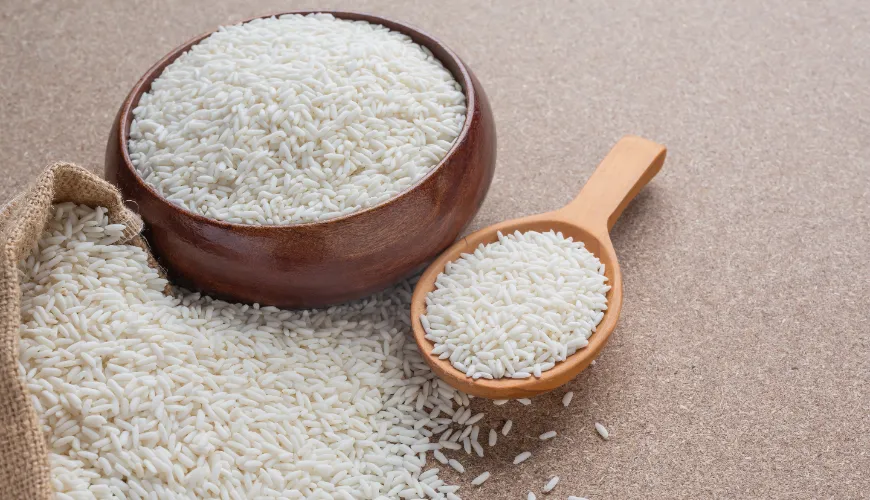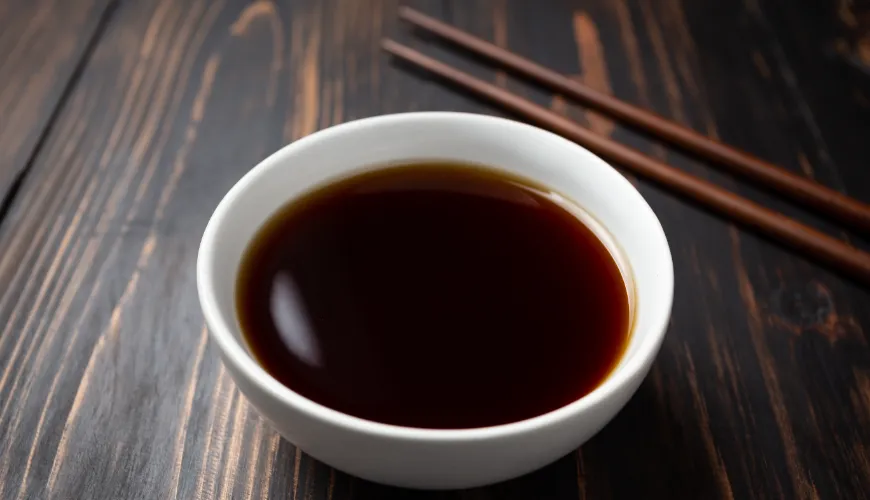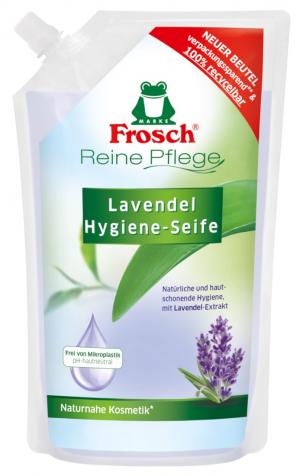
Why is tamari better than regular soy sauce

The Striking World of Tamari Sauce
Tamari is a traditional Japanese fermented soy sauce that is gaining increasing popularity worldwide, especially due to its unique flavor and health benefits. In this article, we will explore what tamari actually is, its composition, its history, advantages, and possible risks associated with its consumption, as well as what it can serve as an alternative.
What is Tamari?
Tamari is a type of soy sauce that originates from Japan. Unlike classic soy sauce, which is made by fermenting soybeans and wheat, tamari is traditionally made only from fermented soybeans, making it an ideal choice for individuals with gluten intolerance. It is also suitable for those following a gluten-free diet. Tamari has a rich, deep flavor and is less salty than regular soy sauce, making it a popular ingredient in many cuisines.
History of Tamari
The history of tamari dates back thousands of years to ancient Japan. The first mentions of fermented soy sauces come from the Nara period (710-794 AD), when fermented foods became a common part of the Japanese diet. However, tamari as a specific type of soy sauce appeared only during the Edo period (1603-1868 AD). At that time, tamari was considered a byproduct of miso paste production, another popular fermented food. Over time, however, tamari became popular for its distinctive flavor and began to be produced independently.
Composition of Tamari
The main ingredient of tamari is soybeans, which undergo a fermentation process using salt, water, and sometimes specific types of molds or bacteria. The resulting sauce is dark, thick, and has a rich, umami flavor. Because the sauce does not contain wheat, it is naturally gluten-free, which is one of its main advantages over regular soy sauce.
Benefits of Tamari
Tamari is not only tasty but also healthy. It contains amino acids, which are the building blocks of proteins and are important for various bodily functions. The fermentation that tamari undergoes also contributes to numerous health benefits, as fermented foods are known for their probiotic properties. These probiotics can promote better digestion and overall gut health.
Another advantage of tamari is its low salt content compared to regular soy sauce. This is important for individuals monitoring their sodium intake and for those seeking healthier alternatives to traditional sauces. Additionally, it contains a number of antioxidants that help protect the body from harmful free radicals. Antioxidants are key to preventing many chronic diseases and supporting overall health.
Try our natural products
Possible Risks of Consuming Tamari
Although tamari is generally considered a healthy and safe ingredient, there are certain risks associated with its consumption. One of the main risks is its high salt content, which can be a concern for individuals with high blood pressure or for those who need to limit their sodium intake. Although the salt content in tamari is lower than in regular soy sauce, it is still important to consume it in moderation.
Another potential risk is soy allergy. Individuals with a soy allergy should avoid tamari, as it may trigger an allergic reaction. Additionally, care should be taken regarding the quality and origin of tamari, as some cheaper versions may contain added preservatives and other chemicals that could negatively impact health.
Tamari as an Alternative
Tamari is a great alternative to regular soy sauce, especially for individuals with celiac disease or for those who are trying to avoid gluten. In addition to being gluten-free, tamari also has a richer and fuller flavor, making it a suitable complement for various culinary uses. It can be used as a marinade, dressing, or even as an ingredient in soups and stews.
For vegetarians and vegans, tamari is an ideal choice, as it adds an umami flavor to dishes that can replace meat or fish. This depth of flavor makes tamari popular among chefs and home cooks worldwide. The use of tamari in vegetarian and vegan cuisine is particularly valuable, as it adds complexity and intensity to dishes that is otherwise hard to achieve.
Tamari in the Kitchen
In addition to its traditional use in Japanese cuisine, tamari is becoming increasingly popular in Western cuisine as well. You can use it as an ingredient in marinades for meat, fish, or tofu, where its rich flavor adds a unique touch to dishes. Tamari also works great as a base for salad dressings, enhancing vegetable mixes with its umami flavor.
If you are a fan of Asian cuisine, tamari can be used as a base for various sauces and dips that complement sushi, sashimi, or dumplings. Its rich flavor is also perfect for soups, where it can replace regular soy sauce and add depth and complexity to the broth.
Making Homemade Tamari
If you're interested in an authentic culinary experience, you can try making your own tamari at home. The process is time-consuming, but the resulting sauce is worth it. You will need quality soybeans, salt, water, and a culture of mold or bacteria for fermentation. Soybeans are soaked, cooked, and then fermented for several months before the sauce is ready.
Homemade tamari not only has an exceptional flavor but also allows you to control the composition and quality of the ingredients used. You can be sure that your sauce contains no unwanted additives or preservatives.
Tamari and Sustainability
With the growing interest in sustainability and eco-friendly foods, tamari is becoming a popular choice from a sustainability perspective as well. The production of tamari requires less water and energy than the production of many other soy sauces, contributing to a lower environmental footprint. Furthermore, fermentation is a natural process that does not require chemicals or artificial additives.
Additionally, tamari is often packaged in recyclable containers, which is another step towards sustainability. So if you're looking for not only a tasty but also an environmentally friendly alternative to regular soy sauce, tamari is an excellent choice.







